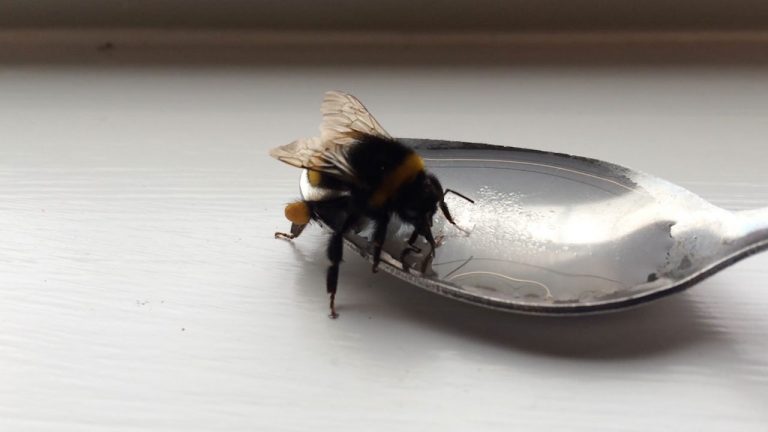Picture this: you're walking to work and come across a bee on the ground. It looks tired, it's in your path, you may have nearly stepped on it! You want to help the bee but are not completely sure how. Luckily, we've put together this helpful guide that breaks down exactly what to do and what NOT to do in order to best help the furry friend in need!
5 Tips On How To Rescue a Bee:
- It probably doesn't need rescuing... If the weather is dry and the bee is on a flower or on the ground, it is most likely resting. Bees often appear like they are asleep in these situations and it's completely normal. The bee could also be a solitary bee which is a species of bee that burrows into the ground to make their nests. Remember that bees have existed for thousands of years without human intervention and so the bee you see will most likely be fine!
- Give it shelter- If the bee is out in the rain or in the dark, or if it is on the pavement/road in a precarious position, you can help the bee by giving it shelter. A plant pot or structure with a hole in (so it can escape) is perfect to ensure it stays dry and can rest up. You can also use a leaf or something nearby to move the bee onto a plant or flower so it's out of the way.
- Offer it sugar water solution- Sometimes if the bee is particularly tired or struggling to move, it can be a good idea to offer it a solution made of granulated sugar and water (with a 1:2 ratio) to reenergise it. Be sure to not force feed it but leave the solution on a spoon nearby. If the bee wants it, it will feed itself. Also take care not to get any of the solution on the bees' wings or legs- when sugar water dries, the sugar will solidify on the bees' wings which can harm the bee. NEVER attempt to feed a bee honey. Bees can only feed on their own honey so even if your honey is organic, it can potentially spread disease to the bee and cause it more harm.
- Let nature take its course- Often, if you encounter a bee with damaged wings or legs, you can't do much to save it. Approaching it unnecessarily may cause it extra stress and attempting to move it may result in it experiencing more pain. It's often better to leave the bee to die in these situations.
- Create a bee-friendly environment- The best thing you can do to help bees is create a good habitat for them. Fill your garden or green space with bee-friendly plants and do not use any harmful chemicals or pesticides on your garden. This will ensure that bees continue to survive and thrive in your green space.
For more information about how you or your business can meaningfully support bees and improve biodiversity, visit our website here.

